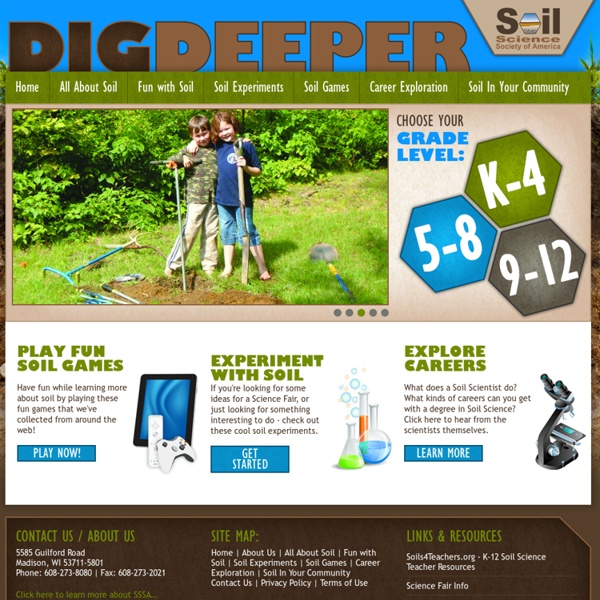



Planets For Kids - Solar System Facts and Astronomy Your Free Stuff: Handouts, Worksheets, and Coloring Sheets | Science With Me! Get it Now! Your Free Stuff: Handouts, Worksheets, and Coloring Sheets Dear Parent, Thank you so much for your interest in our free handouts and worksheets. You should know that this is just the tip of the iceberg – if you like what you see here, then you’re going to absolutely love our Activities Bundle! Anyway, without further ado, here’s the material. (Bookmark this page, so that you can come back whenever you need!) Printable PDF/JPEG Cartoons All About Air Air is Matter.Air Expands When Heated & Contracts When Cooled.Air Weighs Something.Air Pushes in All Directions.Air Moves.Air Has Volume.Fire Needs Air To Burn.Air Has Pressure – Card,Water & GlassAir Has Pressure – Fountain BottleAir Has Pressure – Hovercraft Science Experiments For Kids How do plants drink? Learn About Laboratory Apparatus Learn About Laboratory Apparatus – Download the Worksheets Learn about the Butterfly Learn About Electricity Learn About the Human Skeleton Learn About The Skeleton – Download the Worksheets inShare0
Digestive System, Digestion Information, Digestive System Facts, News, Photos -- National Geographic The digestive system is the series of tubelike organs that convert our meals into body fuel. In all there's about 30 feet (9 meters) of these convoluted pipeworks, starting with the mouth and ending with the anus. Along the way, food is broken down, sorted, and reprocessed before being circulated around the body to nourish and replace cells and supply energy to our muscles. Food on the plate needs to become a mashed-up, gooey liquid for the digestive system to be able to split it up into its constituent parts: proteins, carbohydrates, fats, vitamins, and minerals. Moistening saliva fed into the mouth from nearby glands starts the process of chemical digestion using specialized proteins called enzymes. Once we swallow, digestion becomes involuntary. The esophagus empties into the stomach, a large, muscular chamber that mixes food up with digestive juices including the enzymes pepsin, which targets proteins, and lipase, which works on fats. Key Players
Build a Big Wheel Lesson courtesy of TryEngineering, sponsored by the IEEE. Click here for a .pdf of the original activity. Summary In this activity, teams of students learn about the history and engineering behind big wheels (Ferris wheels) by constructing a working model using pasta, glue, and teabags. Grade level: K-12 Time: Two to three 45-minute sessions Learning Objectives Learn about engineering design.Learn about motion, load, and construction.Learn about teamwork and working in groups. Learning OutcomesAs a result of this activity, students should develop an understanding of: structural engineering and designproblem solvingteamwork Standards National Science Education Standards Standards for Technological Literacy – All AgesThe Nature of Technology Standard 1: Students will develop an understanding of the characteristics and scope of technology.Standard 2: Students will develop an understanding of the core concepts of technology. Technology and Society Design Abilities for a Technological World Materials